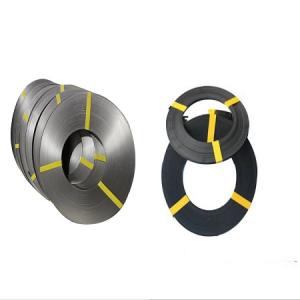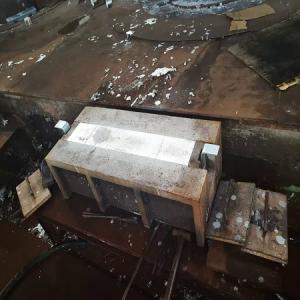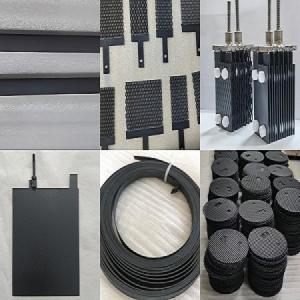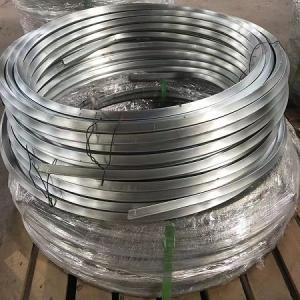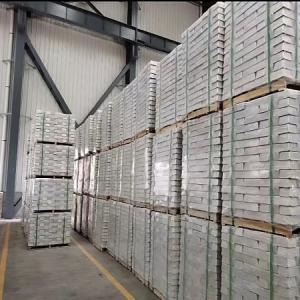How to choose a reference electrode?

Reference electrodes are mainly divided into the following categories:
1. Single ceramic type long-acting buried/copper sulfate reference electrode;2. Double ceramic type ultra-long-acting buried/copper sulfate reference electrode;
3. Long-acting compression resistance Buried/copper sulfate reference electrode;
4. Freeze-resistant portable/copper sulfate reference electrode;
5. Portable copper sulfate reference electrode;
6. High-purity zinc reference electrode;
7. Silver/silver chloride reference electrode ;
8. Polarization probe.
Buried long-acting saturated, antifreeze type and copper sulfate reference electrodes are suitable for cathodic protection projects of buried pipelines and underground metal structures. It can be buried in locations that need to be monitored but cannot be accessed. Such as: the center of the bottom of the large container; the inaccessible position between the underground fuel store and the chemical storage tank; the pipe network under the urban road surface, etc. It can be buried in advance during the construction period and used for a long time. In the impressed current cathodic protection system, the cathodic protection status is accurately monitored.
The portable copper sulfate reference electrode is suitable for on-site use. It is mainly used to determine the natural potential and cathodic protection potential of underground metal pipelines, to determine the stray current in the soil, and also to determine the potential of cable metal sheaths and steel bars in concrete. This electrode can be used as a reference electrode for potential control in an impressed current cathodic protection system where the soil is relatively sticky. It can be used in all kinds of soil and fresh water.
The long-acting high-purity zinc reference electrode is mainly used in seawater and soil with relatively high chloride content. Because the material is metal, it has the characteristics of compression resistance, so it can be used at the bottom of metal structures with relatively high pressure.
The CT-3S polarization test probe is a long-lasting, highly stable, and IR drop-eliminating cathodic protection potential measurement probe for buried steel pipelines. It is mainly suitable for the detection of the cathodic protection potential of buried and underwater steel pipeline corrosion control projects. And monitoring. The special structure of the probe can eliminate about 90% of the IR drop in the soil medium; if used with the ZSC-2 intelligent potential measuring instrument, it can basically eliminate the IR drop in the soil medium, which is the result of detection and monitoring of the protection potential It will be more accurate and reliable.
